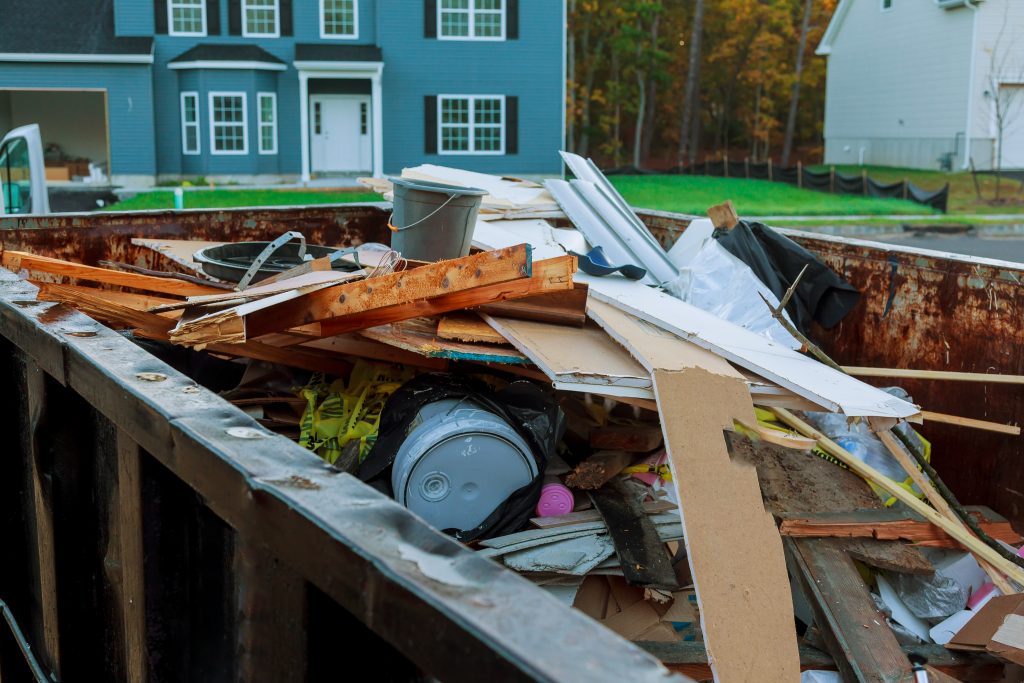
Several weeks ago, Hurricane Elsa skirted the west coast of Florida reminding us of what a hurricane can potentially do regarding damage and rainfall. Previously stated in an earlier blog titled Hurricane Season 2021, the most active month for hurricanes making landfall is September, then August is close second. When such events happen, it raises the question, why does Florida always seem to be in the path of a hurricane? Many of us who live in the Southeast often wonder why we seem to always get attacked by tropical depressions or hurricanes. It really boils down to several key factors. The two primary factors are connected to water temperature and the westerly winds off the African coast. Typically, tropical depressions and hurricanes start in tropical or subtropical areas like the coast of Africa. Tropical depressions traditionally move east to west through the Caribbean Islands where the water temperature is usually warmer at above 80 degrees. You can think of the warm water temperature as the food that allows tropical depressions to form, flourish, and eventually grow into a possible hurricane. The warm water in the U.S. East Coast is the primary reason hurricanes hit Florida frequently.
During hurricane season, construction sites are on constant alert. A major weather event or a series of events can create concerns for construction sites to maintain stormwater compliant. During a hurricane, there is a good chance that any specific stormwater best management practices (BMPs) used will have at least partially failed. All mitigating circumstances must be reviewed as a construction team before and after an event with respect to the potential damage such events may cause. A stormwater authorized inspector is required to review how well the site was effectively prepared during appropriate rain event inspections after a hurricane. The Florida Department of Environmental protection (FDEP) may take enforcement if the following were not seriously considered.

1. If the storm event was predicted, did the site take all “reasonable” steps to minimize any potential adverse environmental impacts?
2. Regardless of whether the storm was predicted, what steps did the site take to address and mitigate the impacts to return the site to compliance, and how quickly did they take these steps?
We realize it is very important to prepare for a hurricane and mitigate disastrous circumstances. After a hurricane, we understand that time is money and the quicker a site can be up and running to finish the project is essential. Consult with us to discuss any areas on site that may be of concern. We can help you plan before and after the storm.
Here are 5 quick things to consider doing to prepare for a hurricane:

- Secure job site materials.
- Reduce volume capacity levels of stock piles, waste dumpsters and wash-out stations.
- Secure hazardous materials and chemicals.
- Reinforce silt fence in critical and sensitive areas.
- Secure or remove all portlets on site.
We absolutely recognize your number one objective will be to assess any damage and begin clean-up after a hurricane or strong tropical depression. KCI has experience to adequately inspect your site and document the rain event and indicate facts on the inspection report. Our mission will be to fully assist you in your hard work to return to normal. We realize the importance to communicate our post-hurricane stormwater inspection results by proactively debriefing swiftly the site operator on all noncompliance issues. KCI has real experience with hurricanes and severe weather associated to stormwater compliance. Call us today at (888) 346-7779 and let us help!



